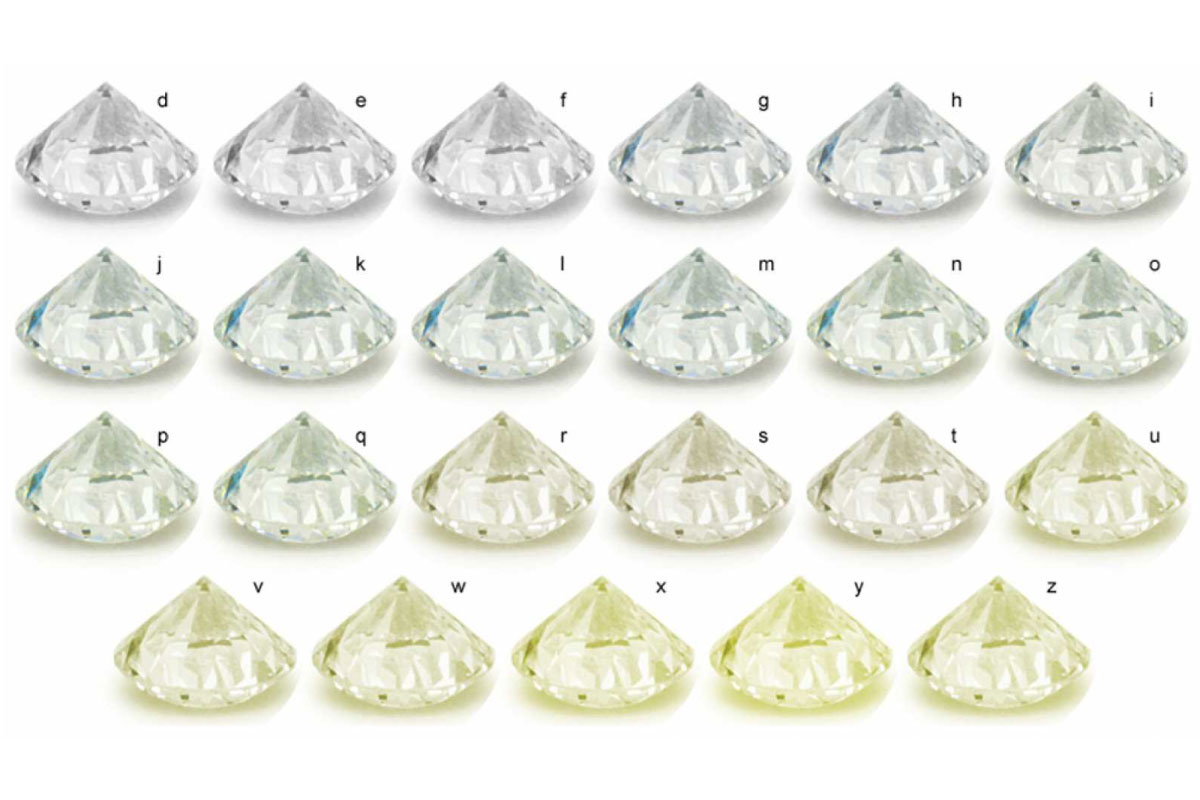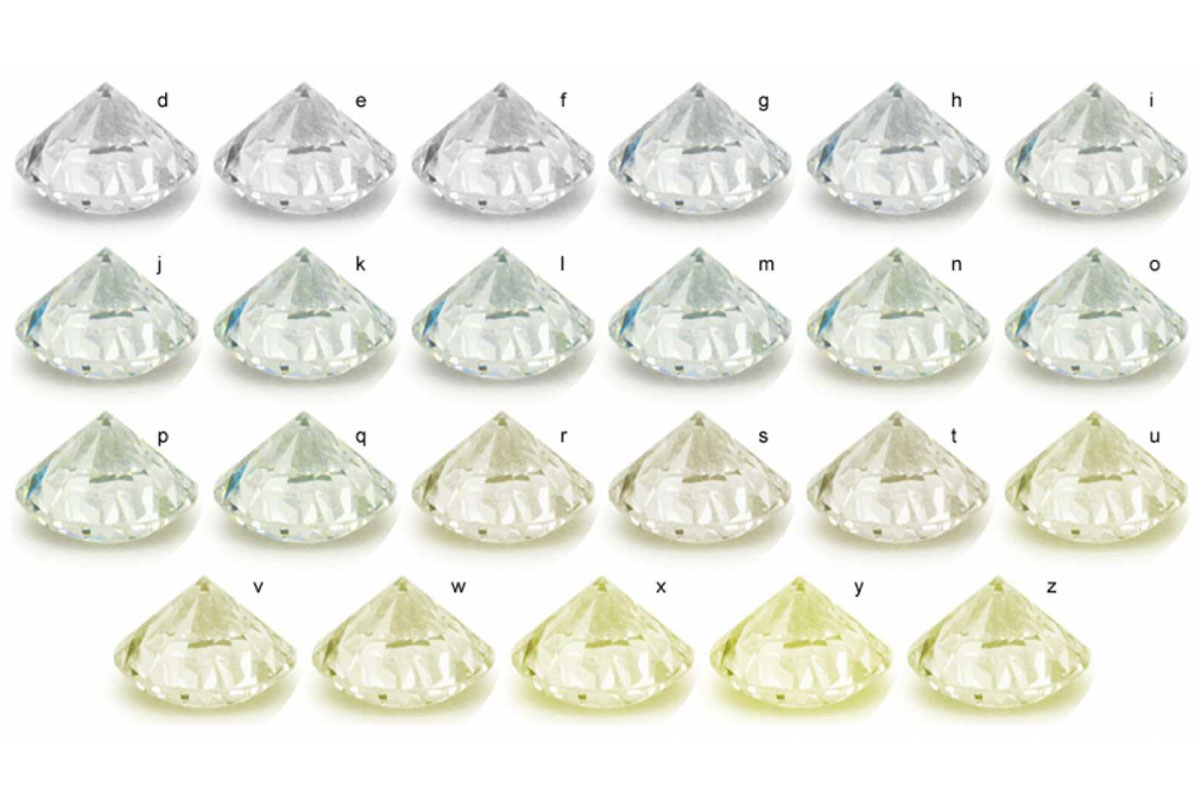The 4Cs of Diamond: The Cut
We are back to talking about 4Cs: the characteristics that every diamond must possess to be considered as such! Today we are going to analyze the cut, from the English cut, the second ''c'' that we discover together.
What is cutting?
The diamond cut is the refined shape obtained from its rough stone form. It describes, more specifically, the processing performed on the rough diamond, which is cut and refined according to precise mathematical calculations.
The purpose of cutting is to obtain a stone that can reflect as much light as possible.
The history of cutting
Diamond cutting techniques date back hundreds of years. The best, however, dates back to 1919, and is still used today. It is the result obtained by the mathematician Marcel Tolkowsky, who developed the "brilliant" cut, more rounded, calculating the shape best suited to the diffusion of light. The brilliant cut remains the most valuable today.
Before cutting
Before arriving at the finished work, the cutter will have to take into account the shape of the rough, the cut he wants to obtain, the proportions and symmetry of the stone he has.
No coincidence: the types of cut
There are specific mathematical guidelines to determine the length ratios and angles that a diamond must have in order to reflect the maximum amount of light.
The most common diamond cut is round, called brilliant. This term identifies a round cut with at least 57 polished facets. It is important to specify that all gems can be cut as brilliant, obtaining aesthetic differences given by their different light refraction indices. Other types of cut are oval brilliant, heart, navette, drop, emerald, Dutch rose... so many (and so ancient!), that some of these are falling into disuse. Among the most recent, there are the princess, the radiant, the baryon and the cushion.
Where are diamonds cut?
The largest diamond cutting center has been the city of Antwerp in Belgium for hundreds of years, where there is a real district dedicated to diamonds, the Diamantkwartier. More than 12,000 technicians and employees, including cutters, polishers and salespeople, still work there today. India also enjoys an important position in the world of diamonds: the city of Surat currently processes almost 80% of small-carat diamonds. Tel Aviv and New York are two other important producers, especially with the De Beers company.
The result
Based on the quality of the cut, diamonds have been divided into three categories: "very good" (with perfect symmetry and proportions); "good" (with less precision between the proportions); "poor" (with numerous defects). A diamond that is cut incorrectly can lead to huge losses of money.
The cut contributes significantly to raising the value of the diamond on the market, but above all to increasing the brightness of the precious stone, to make it even more beautiful in our eyes!

